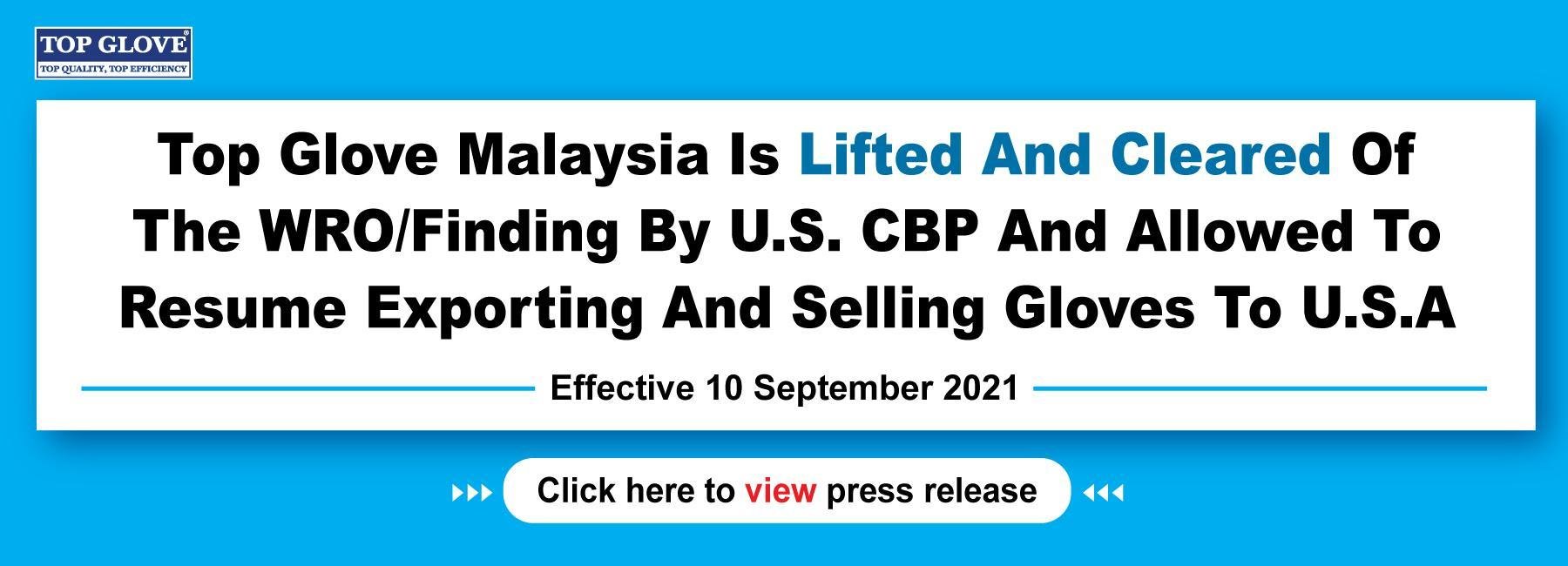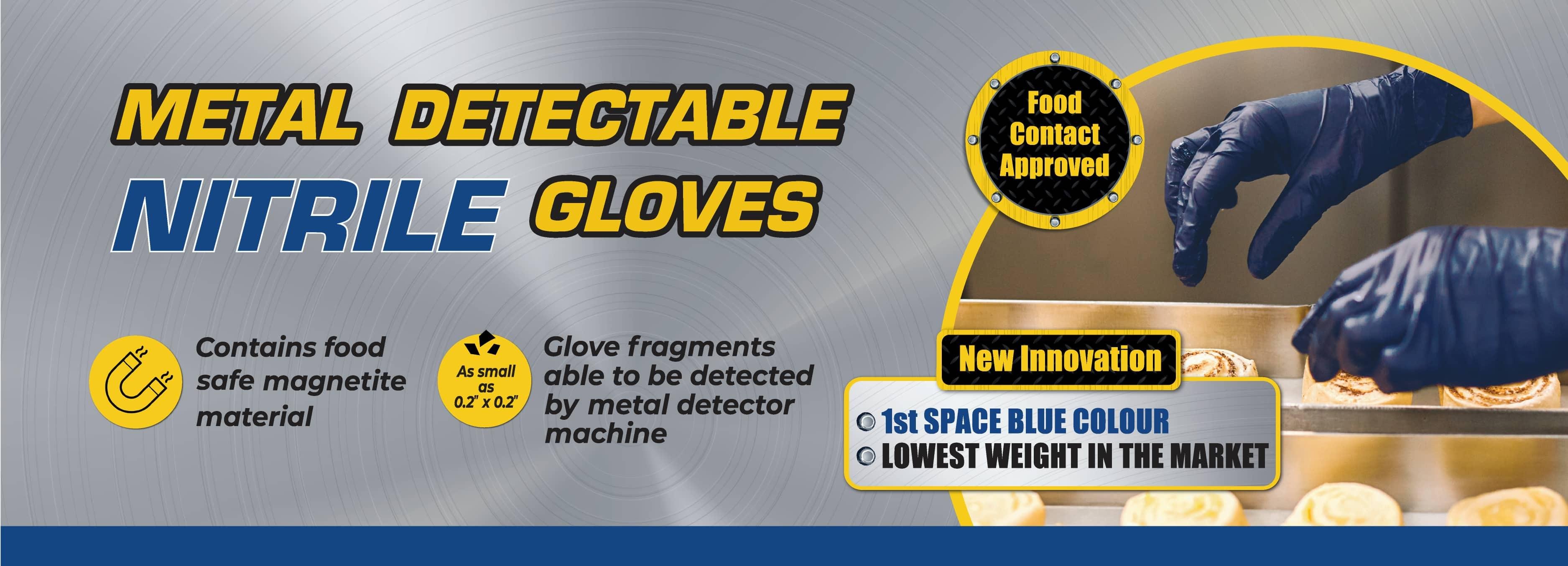HIGHER LATEX PRICE STRETCHES COSTS FOR GLOVE MAKERS
12 January 2017 / 12:01
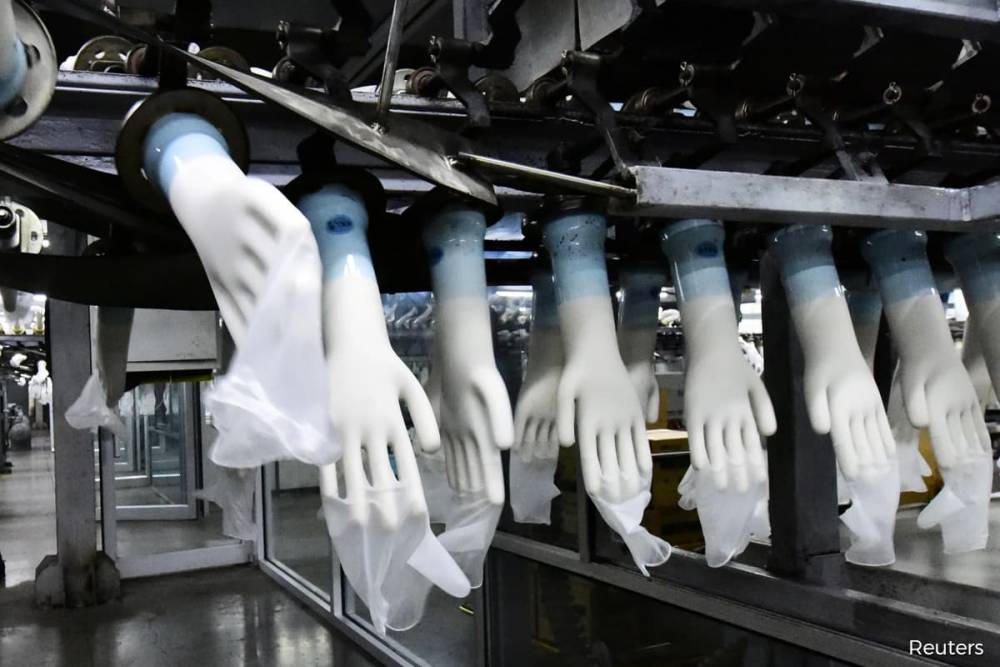
KUALA LUMPUR: Glove makers may be relieved by the government’s decision to defer the implementation of the new foreign worker levy ruling to 2018, but they still face another challenge: rising natural rubber prices.
Prices of centrifuged natural rubber latex extended their surge to a three-year high of RM6.57 per kg yesterday as flash floods in southern Thailand, a major rubber-producing area, continued to worsen.
“Latex prices are likely to go up because the flood [problem] is not resolved yet,” said an analyst in a phone interview.
Even if the flood abates, the supply of natural rubber may continue tightening as February is a seasonally low-yield period for rubber trees, said the analyst who declined to be named.
The weakening of the ringgit against the US dollar, which is expected to boost exports, may only just cover the impact of the increase in raw material prices.
“Raw materials are about 40% of total cost [across the industry], so with the latex price up, the cost of production for the fourth quarter of 2016 was up some 20%,” the analyst said.
The ringgit had strengthened to 4.47 against the dollar at the end of last week, and since then has been hovering at the 4.48 level.
For Kossan Rubber Industries Bhd, however, the increase in latex prices is not expected to significantly impact the group although 30% of its products involve the use of natural rubber.
“Of this 30%, most of them are special purpose gloves where [customers] are more concerned about the functionality and quality,” general manager Edward Yip told The Edge Financial Daily on the phone.
This makes the gloves less susceptible to the volatility of price increases which Kossan may be able to pass on, he added.
On the other hand, 48% of Top Glove Corp Bhd’s production cost for natural rubber gloves comes from natural rubber latex and the group may keep raising the prices of its gloves until the end of February.
“We have already made a few upward revisions to our selling price in 2016 and will have to continue to increase our average selling price if raw material prices keep going up,” said executive chairman Tan Sri Dr Lim Wee Chai.
Top Glove typically increases its average selling price by 3% to 5% in order to factor in various external changes such as rising raw material prices, labour costs, and currency fluctuations, Lim said in an email reply.
Although the weakening ringgit may help soften the impact of the latex price increase, it is not something Top Glove will rely on, Lim added.
Latex gloves make up 51% of Top Glove’s product mix.
Meanwhile, prices of nitrile latex have fallen by 4.9% year-on-year but were also up 2.1% quarter-on-quarter.
Rubber prices are expected to increase as demand is set to exceed supply, according to Uthai Sonlucksub, president of the Natural Rubber Council of Thailand.
“I’ve had orders from China but we aren’t even sure if we can meet these orders because of the havoc the floods have caused,” he told Reuters.


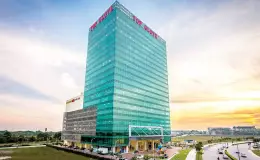
-cropped.jpg)

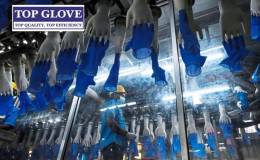

.jpg)
 (1).jpg)

.png)
.png)
.png)

.png)
.png)
.png)
